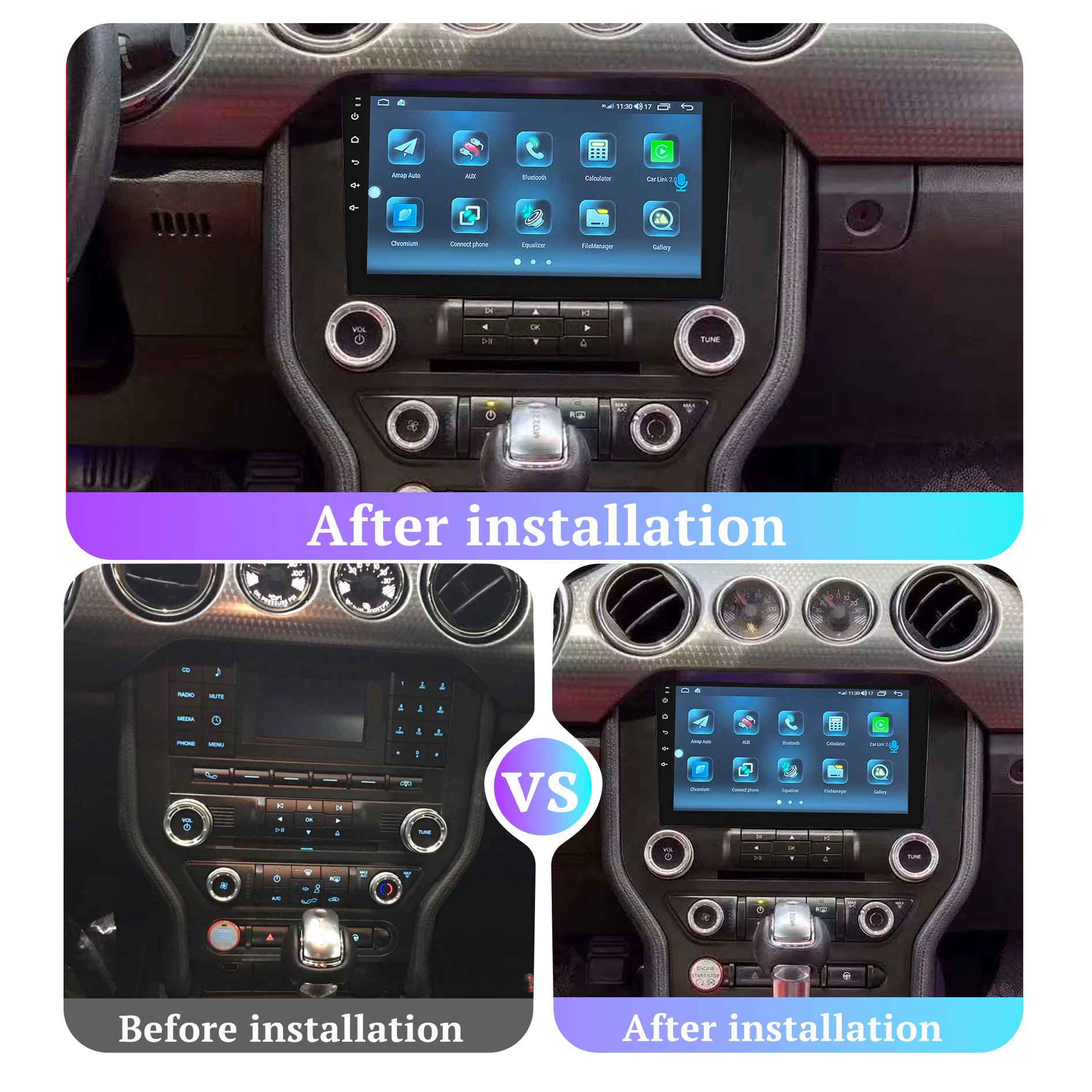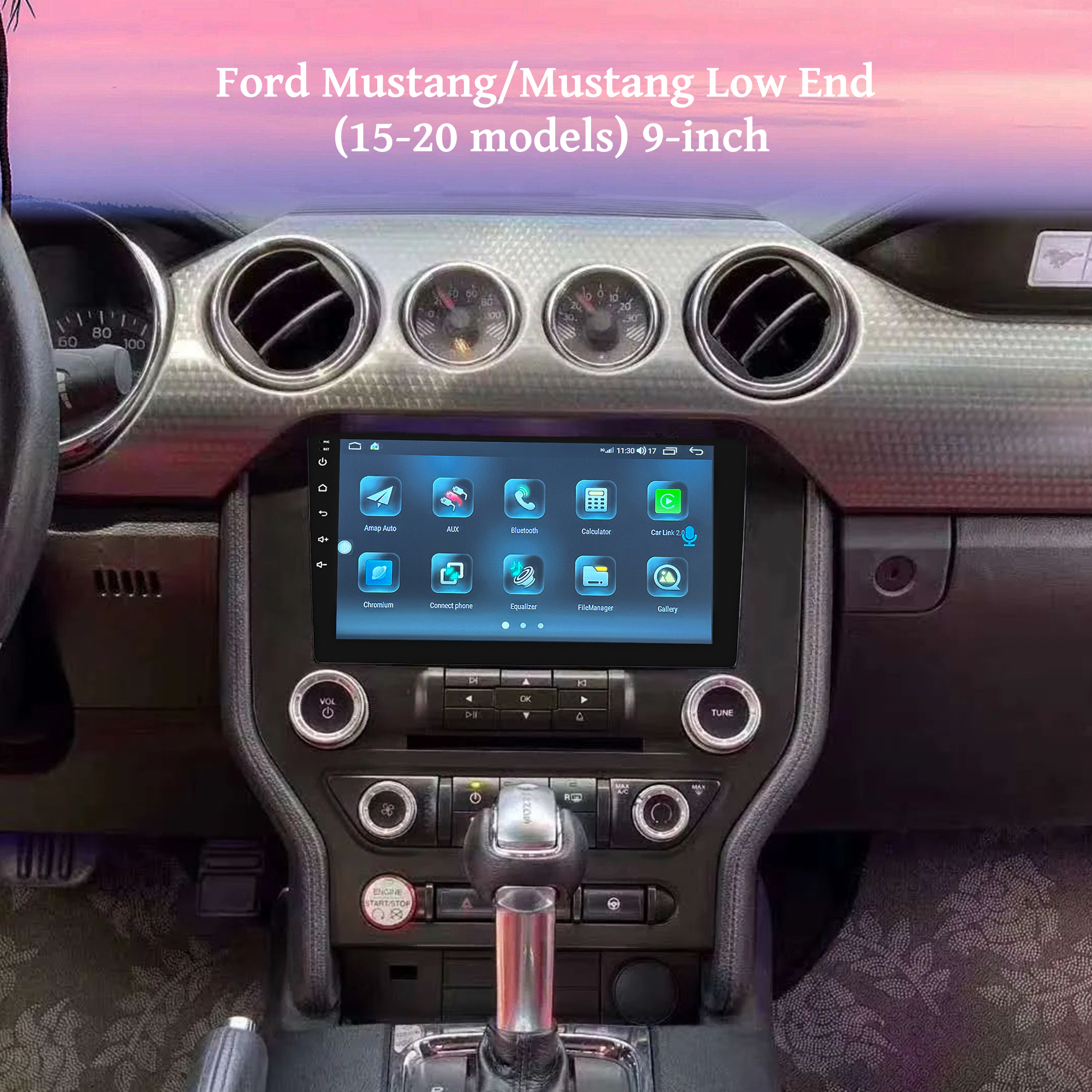Understanding the Low-End Performance of the 2015-2020 Ford Mustang
The low-end performance of the 2015-2020 Ford Mustang is a distinctive aspect that has garnered attention among automotive enthusiasts and everyday drivers alike. This performance characteristic is heavily influenced by the engineering and design features embedded in the vehicle’s architecture. Primarily, the focus on low-end torque allows for improved acceleration and drivability, especially in urban environments where stop-and-go traffic is prevalent.
During these model years, the Ford Mustang was offered with a diversity of engine options, presenting drivers with a unique opportunity to choose the powertrain that best suited their needs. The EcoBoost inline-four engine, while smaller in displacement compared to its V8 counterpart, is equipped with a turbocharger that provides a significant boost in low-end torque. This innovation not only enhances the car’s responsiveness at lower RPMs but also contributes to fuel efficiency, a critical factor for many consumers.
On the other end of the spectrum, the V8 engines, particularly the potent 5.0-liter Coyote engine, deliver an overwhelming surge of low-end power, making them a preferred choice for purists who favor traditional muscle car characteristics. The V8’s robust torque curve allows for exhilarating acceleration from a standstill, ensuring that the Mustang maintains its legacy as an iconic American muscle car.
Feedback from both drivers and automotive critics indicates that the low-end performance of the Mustang models within this range compares favorably to previous generations. Many users highlight the seamless transition from low to high speeds, noting that the enhanced power delivery results in a driving experience that is both enjoyable and practical. In summary, the integration of diverse engine technologies and a keen focus on low-end torque has solidified the 2015-2020 Ford Mustang’s status as a competitive player in the muscle car arena.
Modifications and Upgrades for Enhanced Low-End Performance
For Mustang enthusiasts seeking to boost low-end performance in their 2015-2020 models, several aftermarket modifications and enhancements are available. One of the most popular options is the installation of a cold air intake system. This upgrade works by allowing the engine to breathe more freely, which can increase air flow and improve combustion efficiency. As a result, drivers often experience a noticeable increase in torque, particularly at lower RPMs, enhancing overall responsiveness during acceleration.
Another widely adopted modification is upgrading the exhaust system. A high-performance exhaust not only reduces back pressure but also improves the expulsion of exhaust gases, contributing to a more efficient engine operation. Performance mufflers and mid-pipes can further amplify gains in both horsepower and torque, translating into a more exhilarating driving experience without sacrificing engine reliability.
Tuning options also play a crucial role in optimizing low-end performance. By reprogramming the vehicle’s engine control unit (ECU) with appropriate software, owners can take advantage of several performance maps tailored for better low-range torque. This ensures that all performance upgrades work harmoniously, thus providing an ideal balance for personalized driving characteristics.
While these modifications can significantly enhance low-end performance, it is essential to consider potential risks such as warranty implications and maintenance requirements. Aftermarket parts may void factory warranties, and in some cases, could lead to increased wear on engine components if not correctly installed or implemented. Therefore, it is advisable for owners to consult with professionals or experienced mechanics before proceeding with modifications.
When selecting enhancements, focusing on personal driving preferences and performance goals is vital. Engaging with fellow Mustang owners and reading testimonials about their experiences can help in identifying the most effective modifications. Ultimately, with careful planning and consideration, drivers can achieve an exciting low-end performance that complements their Mustang’s style and power.








